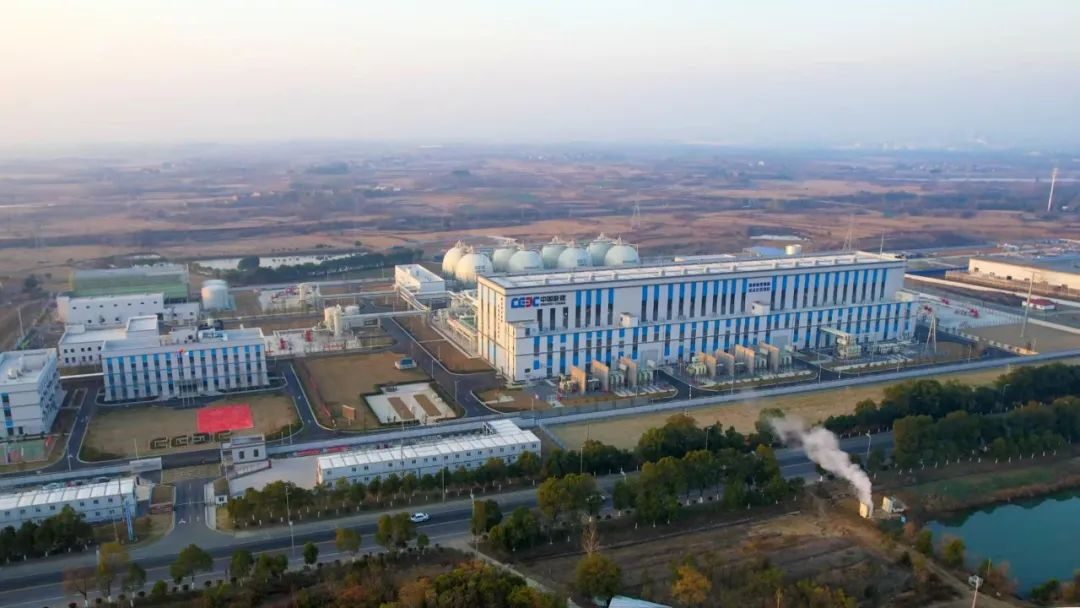From pv magazine Spain
Spain's Council of Ministers has approved a Royal Decree updating the National Integrated Energy and Climate Plan (PNIEC 2023-30) in response to a proposal from the Ministry for the Ecological Transition and the Demographic Challenge (MITECO). The draft went through public consultation in mid-2023.
A key focus of the PNIEC 2023 is promoting renewables, storage, and demand management to enhance their integration. By 2030, Spain expects to install 76 GW of solar, including 19 GW of self-consumption PV. As of early September, the country had 22,454 MW of solar capacity installed and connected to the grid, according to Red Eléctrica, the Spanish grid operator.
The plan also aims for 62 GW of wind power, which includes 3 GW of offshore wind, along with 1.4 GW of biomass and 22.5 GW of storage capacity, factoring in contributions from solar thermal power.
In addition, the new strategy includes a goal of 12 GW of electrolyzer capacity to produce green hydrogen. The final consumption target for renewable energy increases to 48%, with 81% of electricity generation, while the energy efficiency target rises to 43%.
APPA Renovables celebrated the new targets with a measure of caution.
“Ambitious objectives are good news for the sector, as long as they are accompanied by a strategy to achieve them. Our country has renewable resources that place it in a privileged position to undertake the energy transition and reduce our dependence on fossil fuels,” said José María González Moya, general manager of APPA Renovables. “But the reality is that more concrete and attractive measures must be put on the table to take advantage of these energies if we want to achieve such ambitious goals.”
José Donoso, general director of Spanish trade group UNEF, said that the challenge is ambitious but necessary to achieve decarbonization and underpin the nation's current competitive advantage.
“Spain is facing, for the first time in history, an industrial revolution with a competitive advantage in the price of electricity, since, thanks to photovoltaics, we can produce electricity at less than half the price of the European average,” added Donoso.
This content is protected by copyright and may not be reused. If you want to cooperate with us and would like to reuse some of our content, please contact: editors@pv-magazine.com.



By submitting this form you agree to pv magazine using your data for the purposes of publishing your comment.
Your personal data will only be disclosed or otherwise transmitted to third parties for the purposes of spam filtering or if this is necessary for technical maintenance of the website. Any other transfer to third parties will not take place unless this is justified on the basis of applicable data protection regulations or if pv magazine is legally obliged to do so.
You may revoke this consent at any time with effect for the future, in which case your personal data will be deleted immediately. Otherwise, your data will be deleted if pv magazine has processed your request or the purpose of data storage is fulfilled.
Further information on data privacy can be found in our Data Protection Policy.